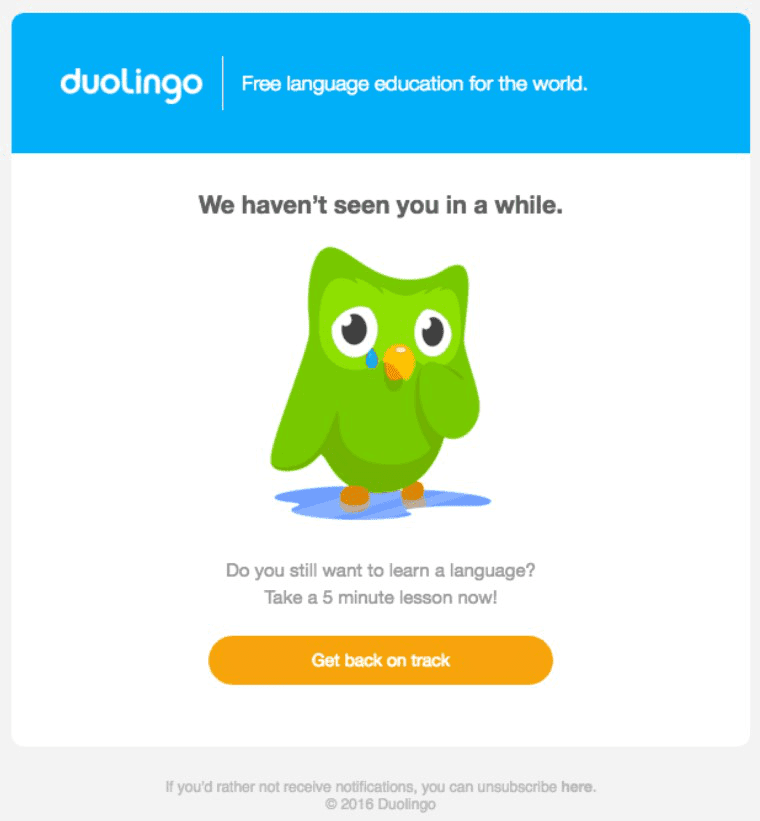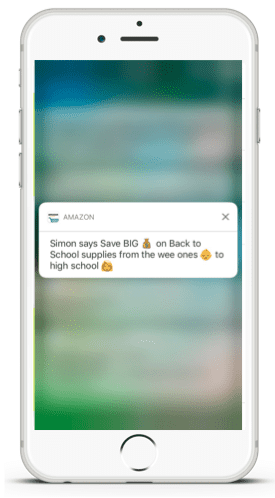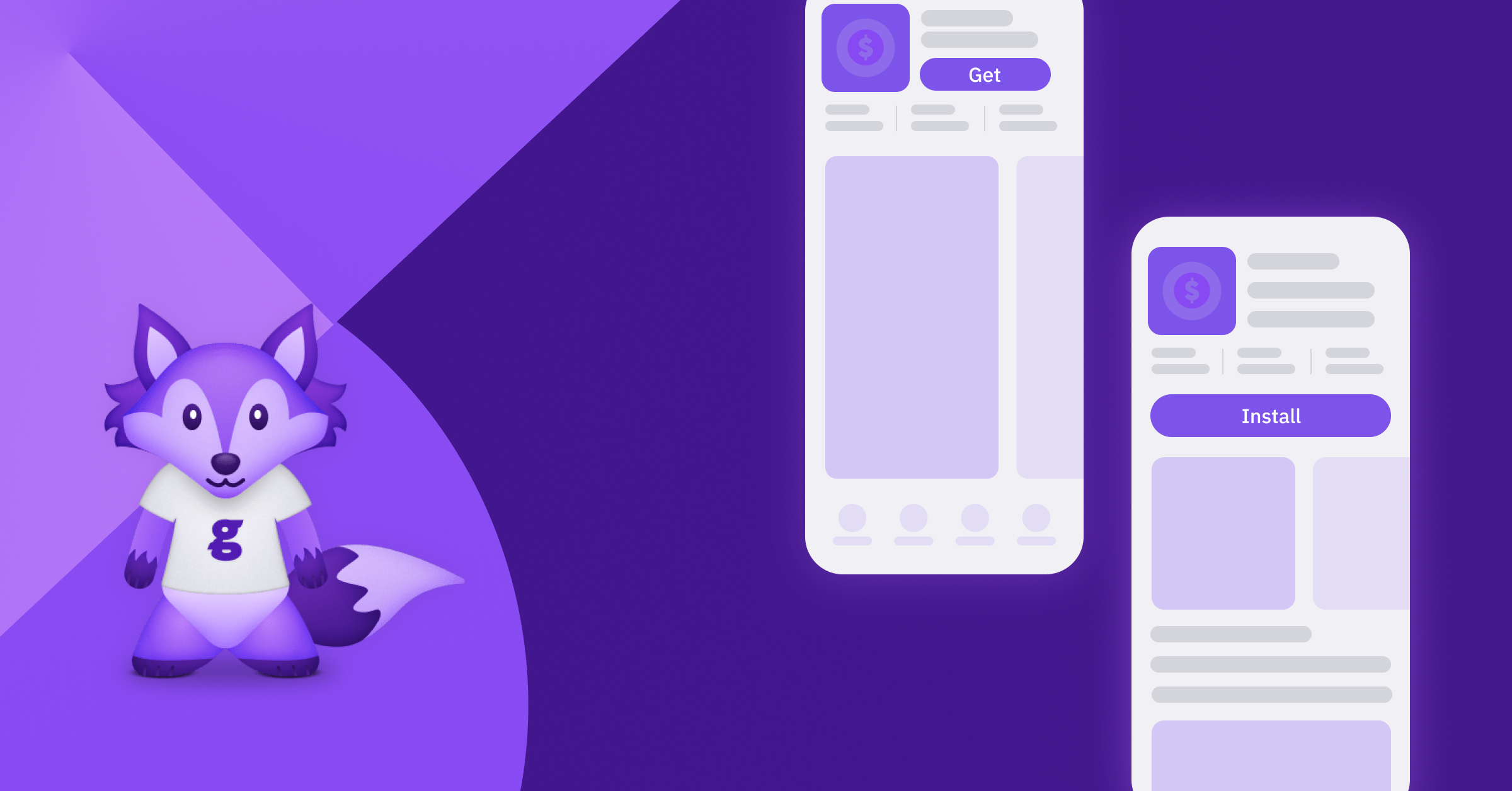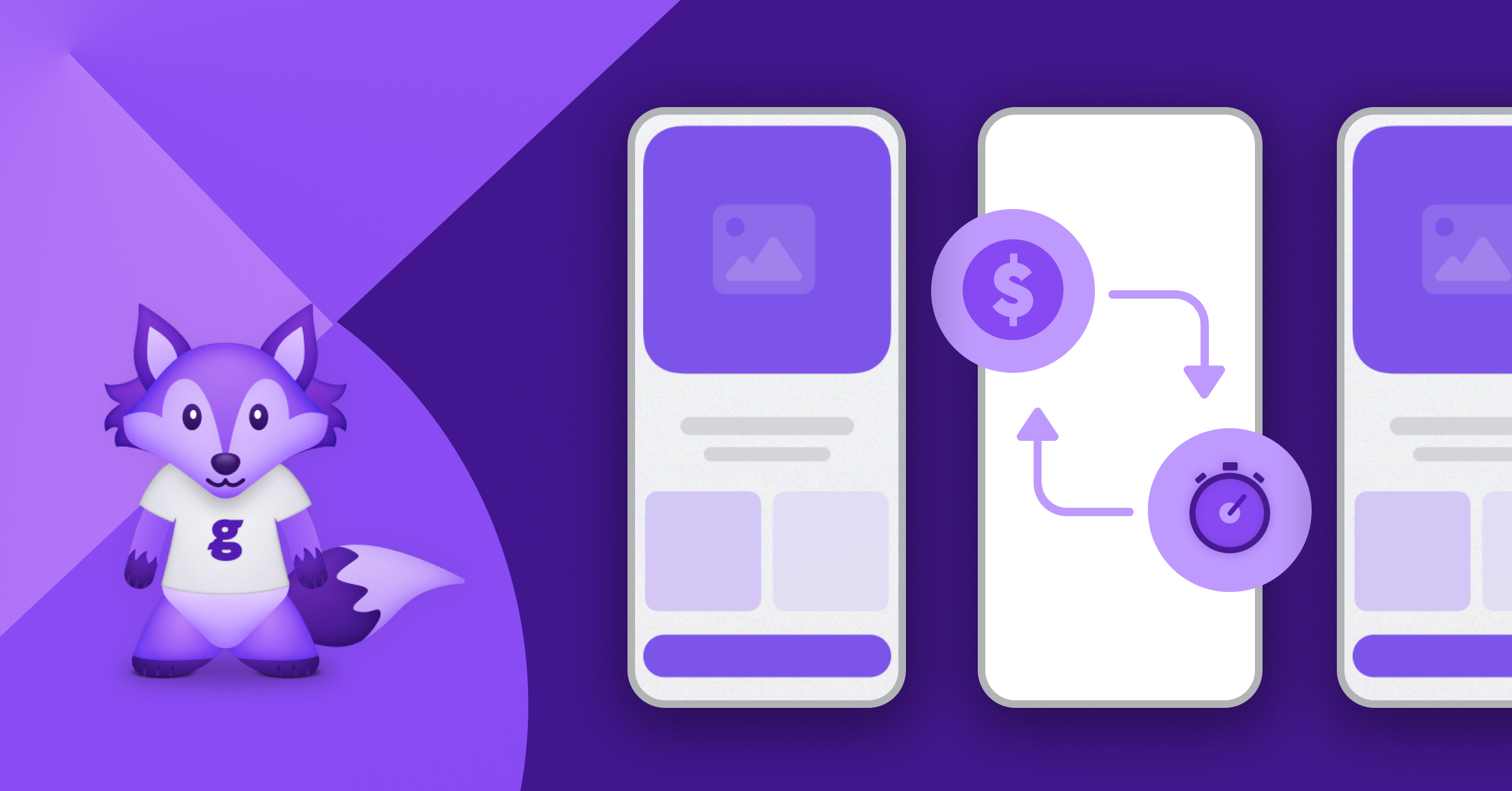Content
9 Simple Strategies to Win Back Customers in Subscription Apps

To address this challenge, app developers employ win back strategies to re-engage and entice customers who have previously canceled or stopped using a subscription-based mobile app service. In this comprehensive guide, we will delve into the world of app monetization and explore the intricacies of winning back lost app users.
What is a Win-Back Strategy?
A win-back strategy for subscription apps is a marketing and engagement approach aimed at reacquiring former customers, who have churned. Churn refers to the process of users canceling or discontinuing their subscriptions or services.
The primary goal of a win-back strategy is to encourage these former users to either resubscribe to the app or return to using it regularly. By doing so, app developers aim to increase revenue and improve long term user retention.
Who Are the Most Valuable Lapsed Customers to Win Back?
Winning back lost customers is a critical component of any subscription app’s growth strategy. However, not all lost customers are created equal. Some have higher potential value than others, making it essential for businesses to identify and prioritize the most valuable inactive customers to target in their win-back efforts.
- Lifetime Value (LTV): Valuable repeat customers tend to have a higher lifetime value compared to others. This means they have historically spent more on products or services, and if re-engaged, they are likely to continue doing so. Find everything you need to know about LTV in our Ultimate Guide to Subscription App Metrics.
- Purchase Frequency: These customers may have made frequent purchases in the past, and reactivating them can boost a business’s revenue quickly.
- Product Adoption: Valuable lapsed customers may have used a wide range of products or services offered by the business, indicating a deeper relationship.
- Referral Potential: Some lapsed customers have the potential to refer new customers or bring in new business opportunities if they return.
9 Simple Win-Back Strategies
1. Analyze User Data:
One of the foundational steps in crafting an effective win-back strategy is to analyze user data. By examining user behavior and subscription cancellation patterns, app developers can gain valuable insights into why users chose to leave the app. Identifying common reasons for customer churn, is essential to tailoring your win-back strategies effectively.
Moreover, it’s crucial to segment users based on various factors, such as their behavior, demographics, or usage patterns. Segmentation allows you to create more personalized and targeted customer win-back campaigns, increasing their chances of success.
2. Personalized Re-Engagement:
A generic, one-size-fits-all approach to win-back campaigns is rarely effective. To capture the attention of lost users, your messages must be personalized and relevant to their specific reasons for cancellation. This personal touch can significantly improve the effectiveness of your win-back efforts.
Include the user’s name in your messages and reference their previous interactions with your app. For example, if a user canceled their subscription to a news app, your message might say: “Hi [User’s Name], we noticed you haven’t been keeping up with the latest news. We’ve added new features and exclusive content just for you.”
3. Offer Incentives:
Incentives play a crucial role in winning back users. Consider offering compelling incentives to encourage users to return to your app. These incentives can take various forms, such as:
- Discounted subscription rates for a limited time.
- Exclusive early access to premium content or features.
- Free trials of premium services.
- Loyalty rewards or points that can be redeemed within the app.

(source: IncentiveSolutions)
When presenting these incentives to lapsed customers, be sure to highlight any new features, improvements, or content updates that have been implemented since the user’s last visit. Emphasizing the value they can gain from returning is essential to win back customers.
4. Engage with Feedback:
Users’ feedback is a valuable resource for app improvement. Encourage users, especially those who have canceled their subscriptions, to provide feedback and suggestions. Demonstrating that you value their opinions and are actively working to address their concerns can go a long way in re-establishing trust and interest.
Take the customer feedback that you receive seriously and use it to make meaningful improvements to your subscription app. When users see that their input leads to positive changes, they may be more inclined to return.
5. A/B Testing:
A/B testing involves comparing two or more variations of a campaign to identify which one performs best. In the context of win-back strategies, you can conduct A/B testing on different approaches to determine which is the most effective in re-engaging lost clients, customers or users.
Test variations in messaging, incentives, and timing to refine your campaigns. Over time, you can fine-tune your strategies based on the data and insights gathered from these tests, ultimately improving your win-back success rate.
6. Reactivation Emails:
Reactivation emails are a powerful tool for reaching out to lost customers. These emails should have a clear and compelling call to action, reminding users of the benefits they enjoyed when they were subscribed to your app. Some key elements to include in reactivation emails are:
- Acknowledgment of the cancellation.
- A brief summary of the user’s previous interactions with the app.
- A clear and enticing offer for re-subscription.
- Easy subscription renewal options within the email.

(source: ReallyGoodEmails)
The timing of reactivation emails is also crucial. Send them at a point when users are more likely to consider re-subscribing, such as during holiday seasons or special events when they might be in a more receptive mindset.
7. Timing Matters:
Timing is a critical factor in the success of win-back efforts. Sending reminders and offers at the right moments can make a significant difference in re-engaging users. Consider the following timing-related strategies:
- Send reactivation messages on users’ anniversaries with the app to evoke nostalgia and positive memories.
- Capitalize on special occasions, such as the user’s birthday, to offer personalized incentives.
- Coordinate your win-back campaigns with relevant events, holidays, or product launches to maximize their impact.
8. Long-Term Customer Retention:
It’s essential to recognize the long-term value of retaining users. While winning back lapsed customers is important, it’s equally crucial to prioritize your customer retention and building lasting relationships with them rather than solely focusing on short-term wins. The goal is not just to get users to return once but to keep them engaged and subscribed over an extended period.
Consider implementing loyalty programs, referral systems, or community-building features that encourage users to stay active and engaged with your subscription app. Building a sense of belonging and ongoing lifetime value, can lead to more stable customer retention.
You may also like: 23 Best User Retention Strategies For Subscription Apps
9. Stay Compliant with Regulations:
In the digital age, data protection and privacy regulations are paramount. Ensure that your customer win back strategy comply with relevant data protection laws, such as the General Data Protection Regulation (GDPR) or the California Consumer Privacy Act (CCPA). Respect users’ privacy choices and preferences, and obtain proper consent for any data processing activities.
Remember that winning back users may take time and persistence. Not all lost customers will return immediately, but by implementing these best practices and staying focused on improving your app and user experience, you can increase your chances of successfully re-engaging canceled subscribers and customers and growing your subscription revenue.
Examples of Win-Back Strategies within a Subscription-based App
To further illustrate how to implement win-back strategies within a subscription-based app, let’s explore three practical examples of customer win back strategies:
Example 1: Personalized Push Notifications
Scenario:
A user cancels their subscription to your fitness app after using it for a few months.
Customer Win-Back Strategy:
Send a personalized push notification to the user’s device a week after cancellation.
Message:
“Hi [User’s Name], we noticed you’ve been away from our fitness community. We’ve added new workouts and nutrition plans that might interest you. Come back today and get 50% off your first month!”
Implementation:
In this example, personalization is key. Use the user’s name, reference their previous usage of the app, and offer an enticing discount to encourage them to return. Ensure that clicking the notification takes them directly to the subscription renewal page for a seamless experience.

(source: Upland)
Example 2: Email Drip Campaign
Scenario:
A user cancels their subscription to your streaming service.
Customer Win-Back Strategy:
Implement a win back campaign as an email drip campaign over a period of several weeks.
Email Sequence:
Email 1 (Sent immediately after cancellation): Acknowledge the cancellation and thank the user for their support.
Email 2 (Sent one week later): Highlight new content or exclusive features added since their cancellation.
Email 3 (Sent two weeks later): Offer a limited-time discount to encourage re-subscription.
Implementation:
The email drip campaign gradually re-engages the user over time. The initial email acknowledges the cancellation but maintains a positive tone. Subsequent emails provide more value and incentives, ultimately leading to a re-subscription offer. This approach aims to rebuild the user’s interest in the service.
Example 3: In-App Messaging and Onboarding
Scenario:
A user cancels their subscription to your productivity app.
Customer Win-Back Strategy:
Utilize in-app messaging and onboarding.
Implementation:
- When the user logs in after cancellation, display a welcoming message with a brief summary of what’s new in the app.
- Offer a guided tour or tutorial to showcase any recent improvements or features that may have addressed their previous concerns.
Message:
“Welcome back, [User’s Name]! We’ve made some exciting updates to help you supercharge your productivity. Let us show you around and how you can make the most of your time with our app.”
Implementation:
By welcoming the user back and immediately demonstrating the app’s value through in-app messaging and onboarding, you can encourage them to reconsider their cancellation. This approach provides a hands-on experience of the app’s improvements.
Conclusion
Winning back lost customers in subscription-based apps is a multifaceted endeavor that requires careful analysis, personalization, and strategic implementation. By analyzing user data, crafting personalized customer re-engagement messages, offering incentives, and engaging with user feedback, app developers can increase their chances of successfully reacquiring canceled subscribers.
Additionally, A/B testing, reactivation emails, and strategic timing play crucial roles in fine-tuning win-back strategies. Emphasizing the long-term value of customer retention and staying compliant with data protection regulations are essential considerations throughout the process.
Ultimately, winning back lost users requires a commitment to continuously improving your app and user experience. By tailoring your approach to the specific circumstances of each user, you can create a win-back strategy that not only boosts revenue but also strengthens user brand loyalty, and engagement, ensuring the long-term success of your subscription-based app.
Read More




